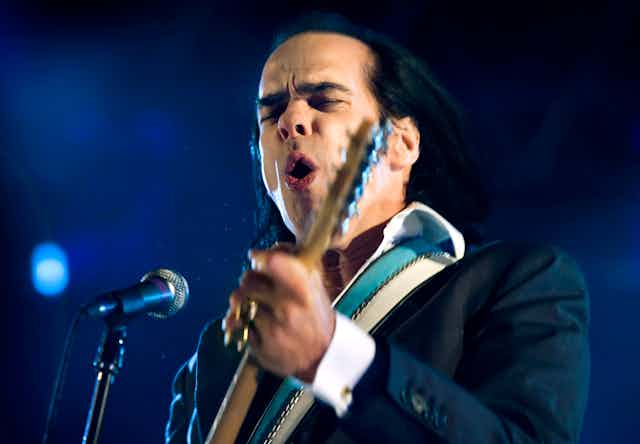“Music cities” are emerging around the world. On November 12, the City of Melbourne hosts the first Australian symposium on the growing phenomenon. The We Can Get Together symposium brings together key players from the government and music industry. It’s a talkfest about the growth and sustainability of music cities and in particular Melbourne, which is touted as the music capital of Australia.
The term “music city” has penetrated the global political vernacular because it “delivers significant economic, employment, cultural and social benefits”. About 30 cities across the globe adopt the title, either by self-proclamation – such as Austin, Texas – or by accreditation from the United Nations Educational, Scientific and Cultural Organisation’s (UNESCO) Creative Cities Network (such as Liverpool in the UK).
However, the founder of the inaugural Music Cities Convention, Martin Elbourne, observes:
It is difficult to gain a clear picture of the music industry both here and around the world due to a lack of facts and figures especially those that are comparable across states and nations.
The Mastering of a Music City report will be profiled at Thursday’s symposium. Released in June, the report examines 27 music cities (including Melbourne). While it offers a toolkit for how to succeed as a music city, its main focus is on the commercial, contemporary live music scene.
Since 2011, four studies have offered comparative Australian city statistics across all music genres, but used different variables to determine the economic, social and cultural impact. One of those studies, the APRA and AMCOS National Songwriter Postcode Ranking (2003-13), supports the claim that Melbourne is the music capital of Australia.
Without consistent research, the branding exercise (and the rhetoric) of claiming the label “music city” appears to be a political act to boost music tourism and help such cities gain a distinct competitive advantage in the global arena. Globalisation has accelerated the branding process. Image is everything when it comes to music city branding, connectivity and attracting musicians.
How do some cities become superstars?
Austin is the self-proclaimed live music capital of the world, while its rival, Nashville, is the recording capital. Research has shown that London is the business capital of the music industry, New York City and Los Angeles are the consumption capitals, while Berlin is known as the music hub of Europe.
These “superstar music cities” are instantly recognisable to the global music industry. This is because they are connected to a rich music heritage, originality and innovation, music tourism and a growing cultural economy.
Musicians cluster in these cities because these are where the music industry meets the media, technology and commercial entertainment (including film) industry. There is infrastructure to support musicians as they stake out a career and make a living from music.
Yet as the buzz around global music cities increases, the need to address their future sustainability is paramount. By 2050 more than 70% of the world’s population will live in cities. This means high-density living, residential development, local planning, regulation and licensing laws will continue to impact on the globe’s busiest music centres.
Lessons from Reykjavik
Like Melbourne, Reykjavík is a port city, which faces logistical challenges due to its geographic isolation. The world’s northernmost capital is notable, however, for having minimal urban development and a robust music scene.
With a population of less than 300,000, there is “a very close contact between the actors in the local music scene”. This music community keeps a critical eye on the international market, aided by one of the world’s highest internet penetration rates (97%).

Music has a significant impact on exports and is an important part of the creative industries’ contribution to Iceland’s GDP. Reykjavík’s role is both direct in terms of musicians (for example, Björk and Sigur Rós) and indirect in the form of music festivals (for example, Iceland Airwaves).
Melbourne has a growing population of more than 4.25 million and musicians tend to arrange themselves into various subcultures with others who make the same type of music. Its music market is largely import-based rather than export-based. Yes, Melbourne has been successful at nurturing and seeking out new talent locally (such as Nick Cave and Gotye) and interstate (Courtney Barnett), but it needs to work harder at maintaining that talent base.
Despite being ranked the most liveable city in the world for the past five years, Melbourne is an expensive city to live in for musicians on stagnating incomes. Tax incentives akin to those used in the Reykjavík music industry are one possible step to lure and retain key players.
The majority of the entertainment industry, music publishers, major record labels and studios are based in Sydney. Melbourne’s tech and start-up scene, whose links to the global music industry are critical, is still a dark horse in comparison to Sydney.
Other challenges for growth and expansion in the Melbourne music city relate to urban sprawl and traffic congestion.
If Melbourne wants to take its place alongside the world’s great music cities, it needs to think “global” and find ways of making the city a more attractive place for musicians to locate their business.

